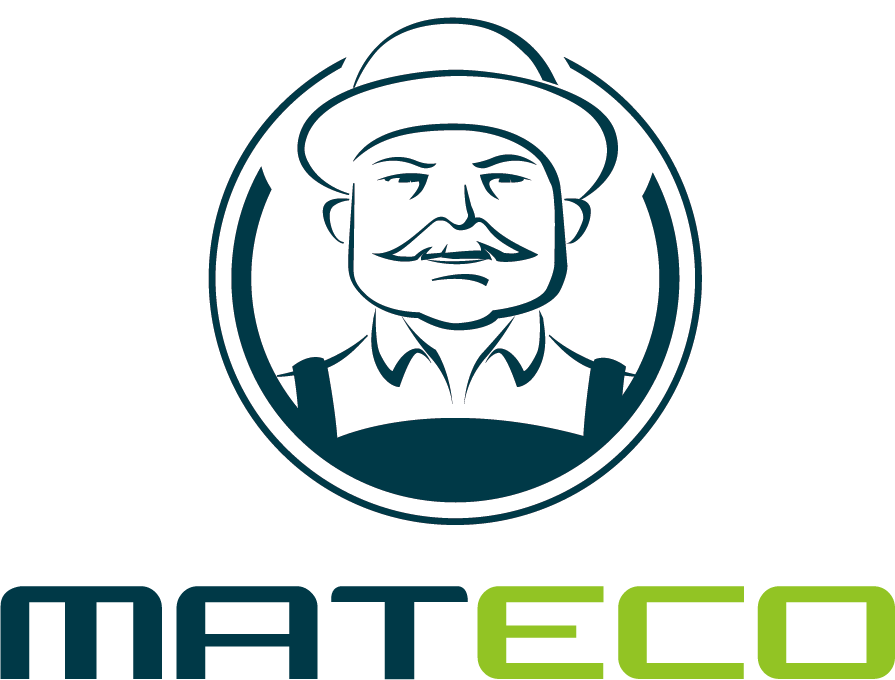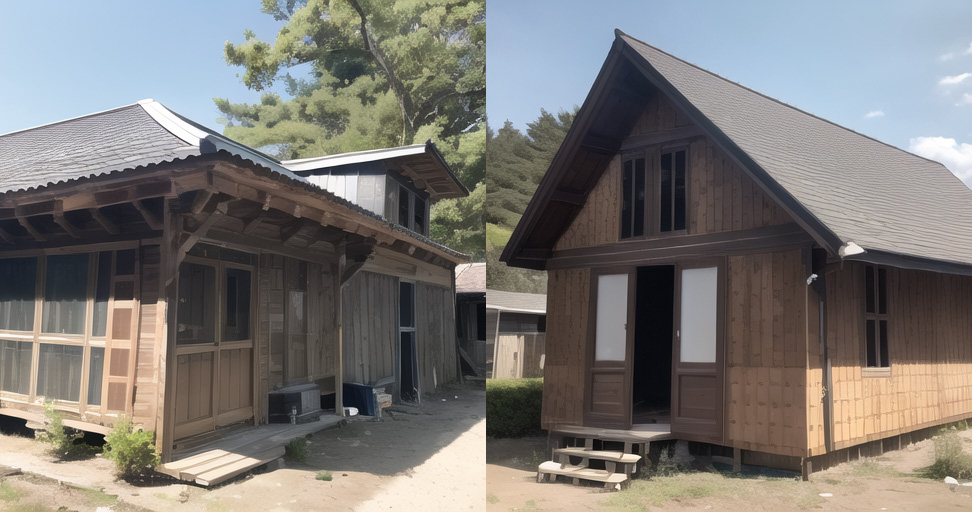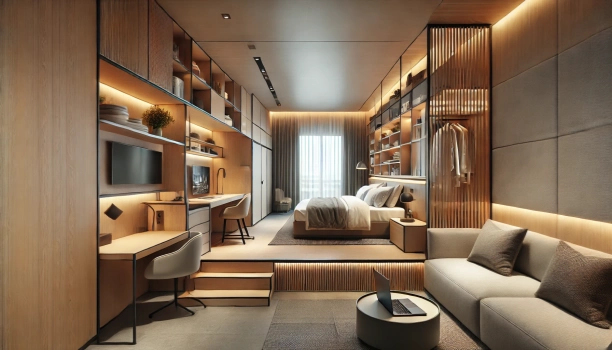Understanding the Differences Between WPC Panelling and PVC
Ready to tackle the great debate of WPC vs. PVC panelling? If you're scratching your head over which to choose for your next project, you're not alone. WPC panelling blends wood with plastic for a durable, eco-friendly option, while PVC is all about lightweight and cost-effective solutions. Stick around as I cut through the jargon and lay out the bare-bones differences between these two popular choices.
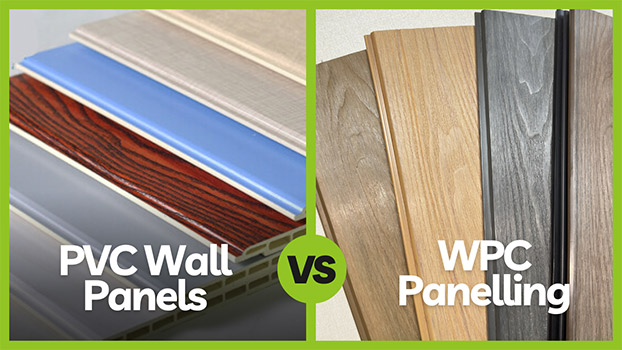
What Is WPC Panelling?
WPC panelling is a hybrid material that combines the natural aesthetics of wood with the durability and resilience of plastics. It's typically manufactured using a mixture of wood powder, plastic, and a binding agent. The result is a material that retains the look and feel of wood but is resistant to moisture and wear, making it ideal for areas where traditional wood might warp or decay. WPC panelling is also known for its thermal and acoustic insulation properties, making it a popular choice for both residential and commercial spaces.
The Composition of WPC Panelling and Its Benefits
The core components of WPC panelling include recycled wood powder, which is a byproduct of the lumber industry, and recycled plastics. These materials are then combined with a few additives that enhance their properties. This composition contributes to WPC panelling's resistance to rot, insects, and weathering, unlike traditional wood panels. Additionally, because it often uses recycled materials, WPC panelling is seen as a more environmentally friendly option, aligning with the growing trend of sustainable building materials.
Comparative Durability: WPC Panelling vs. PVC Wall Panelling
When it comes to durability, WPC panelling generally outperforms PVC wall panelling in terms of resistance to impact, scratching, and denting. This is due to the presence of wood fibers within the composite, which provide a more rigid and robust structure.
PVC wall panelling, while resistant to moisture and corrosion, can be more susceptible to damage from physical impacts and may show wear over time more easily than WPC.
Additionally, WPC is better suited for outdoor applications where the material's rigidity and UV resistance are crucial.
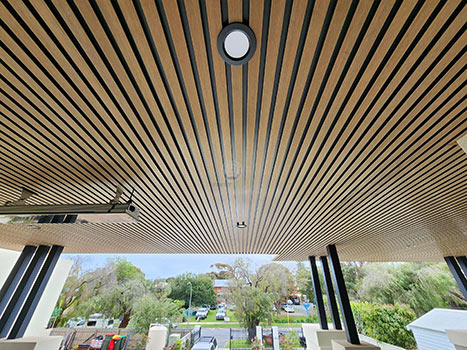
Surface Between WPC and PVC Panelling
Aesthetically, WPC panelling offers a more authentic wood-like appearance, complete with grain patterns that can mimic various types of wood. It can be manufactured in a wide range of colors and finishes, including those that resemble natural wood stains. Moreover, it is easy to integrate with devices such as televisions and LED displays.
PVC wall panelling, on the other hand, has a more uniform appearance and can be produced in virtually any color. However, it lacks the natural grain texture that WPC can provide, which might be a deciding factor for those seeking a more organic look.
Cost Analysis: Investing in WPC Panelling Over PVC
In terms of upfront costs, PVC panels are typically more affordable than WPC. However, when considering long-term value, WPC panelling can be a more cost-effective investment due to its longer lifespan and minimal maintenance requirements. WPC doesn’t need to be painted or sealed and is easier to clean, which can lead to savings over time. Additionally, its durability means it is less likely to need replacement or repair, which is an important consideration for those looking at the bigger financial picture.
WPC wall panels pricing analysis: https://matecowpc.com/news/Composite-Panelling-Pricing-What-Wholesalers-Need-to-Know.html
Maintenance and Care for WPC Panelling
One of the most significant advantages of WPC panelling is its low maintenance. It doesn't require staining, sealing, or painting, and it's resistant to staining and fading. To keep it looking its best, simply wash it with soap and water occasionally.
This ease of care is particularly beneficial in comparison to PVC panelling, which can sometimes be more prone to scratches and stains, requiring additional care or even replacement.
Innovative Uses of WPC Panelling in Modern Design
WPC's versatility extends beyond traditional wall panelling; it's being used innovatively in ceilings, modular kitchens, and outdoor landscaping, including decking, fences, patio, and garden furniture. Its robustness and aesthetic appeal make it a preferred choice in modern design where functionality and style go hand in hand.
WPC panelling application: https://matecowpc.com/solution-list.html

MATECO WPC Ceiling Panels

MATECO WPC Exterior Wall Cladding
Future of Wall Panelling
As building practices evolve and the demand for sustainable materials grows, WPC panelling is becoming increasingly popular. Its combination of durability, aesthetics, and environmental benefits aligns with the future trajectory of the construction industry, which is focusing more on green building certifications and eco-friendly materials. Its growing popularity is also attributed to the wide range of applications and the increasing consumer awareness about the benefits of using sustainable materials in their homes and workplaces.
If you are looking for a WPC manufacturer, MATECO WPC will be your best choice.
Website: https://www.matecowpc.com
WhatsApp: +86-13380085620
Email: info@matecowpc.com
